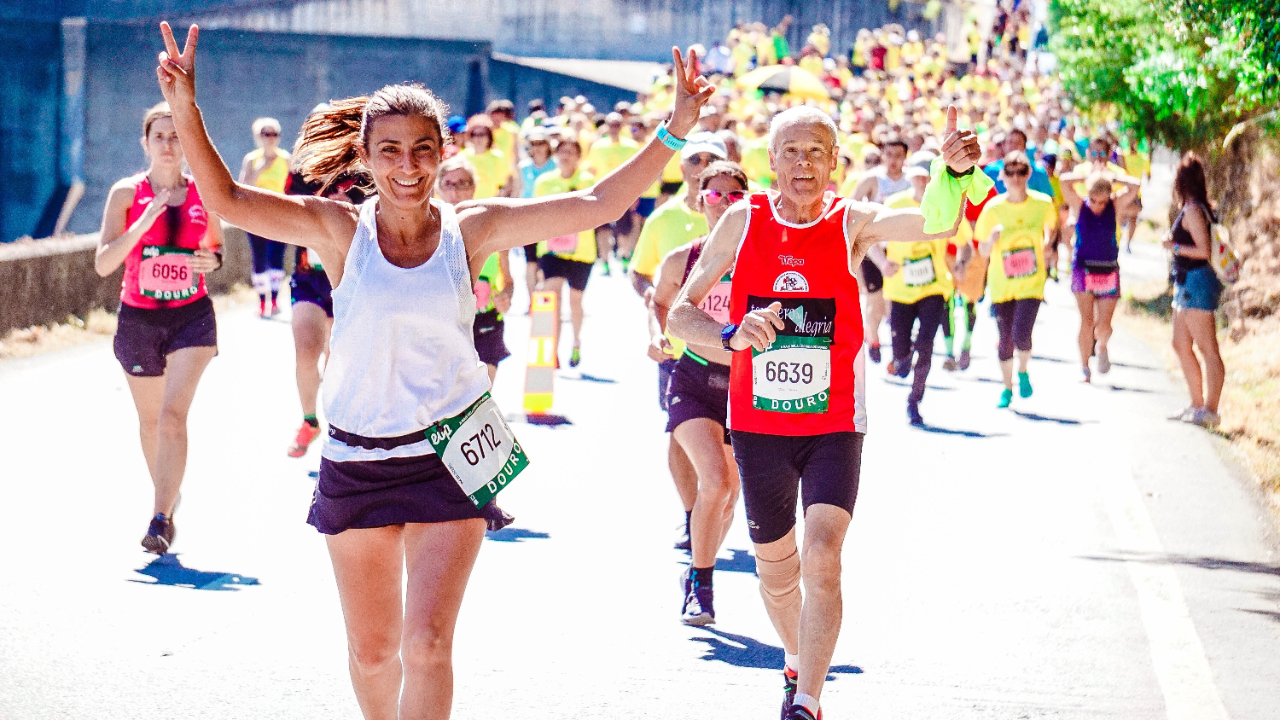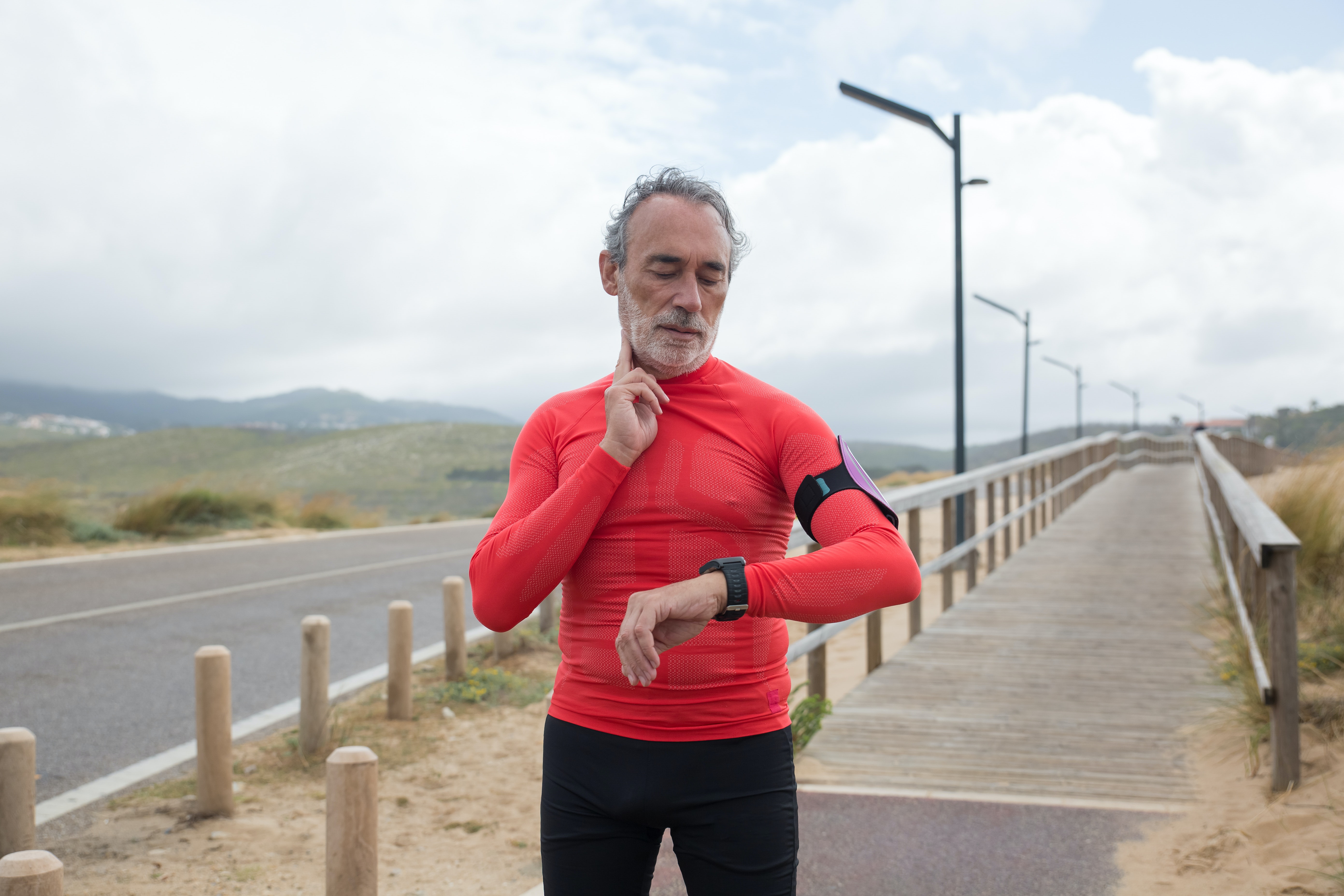
While we can’t change our chronological age, we can reduce our biological age by staying physically active. Research had revealed that regular exercise sculpts our epigenome, optimizing gene expression to promote healthy longevity. By making movement a part of your lifestyle medicine regimen, you can turn back your epigenetic clock and live younger longer.

Epigenetics is the system that controls when and how strongly our genes are active and expressed. Lifestyle factors like exercise influence this by altering chemical tags on the DNA molecule and its associated proteins. These modifications turn up or down the activity of certain genes without altering the underlying sequence.
Aerobic exercise and strength training have been shown to impart beneficial epigenetic effects that suppress disease-related genes and activate genes involved in healthy aging. According to Collins and McCullagh (2019), exercise can alter DNA methylation, histone modifications, and non-coding RNA expression in ways that reduce risk of chronic diseases like diabetes, cancer, cardiovascular disease, and neurodegeneration. These exercise-induced epigenetic changes may even be passed down to offspring, reducing their disease risk as well.
A review by Denham et al. (2014) found that just 6 months of aerobic exercise altered epigenetic markers in over 5,500 genes in skeletal muscle. They compiled evidence that both aerobic and resistance exercise lead to epigenetic modifications in genes related to metabolism, inflammation, and vascular function. This molecular remodeling of the epigenetic landscape translates to improved metabolic health and cardiovascular function. The researchers propose that exercise works as a cost-effective epigenetic therapy to prevent age-related chronic disease.
Exercise produces epigenetic changes that turn up good genes and turn down bad genes. One way it does this is by blocking HDAC4 (Histone Deacetylase 4). HDAC4 is a protein that sticks to your DNA, making it harder for your cells to access and activate certain genes. One set of genes that gets blocked by HDAC4 is important for creating new mitochondria. Mitochondria are the energy factories in your cells. More mitochondria means more fuel for your body and brain. By inhibiting HDAC4, exercise stops it from suppressing mitochondrial production. This allows your cells to build fresh new mitochondria, boosting your energy levels, endurance, and metabolism. In other words, exercise works epigenetic magic to lift HDAC4's silencing effect on genes involved in mitochondrial production. It removes the protein brake that would otherwise restrict creation of these vital cellular power plants.

Telomeres, the protective end caps on our chromosomes, provide insight into cellular age and lifespan potential – longer telomeres are associated with longer lifespans, while short telomeres signal cellular senescence. Researchers also discovered that just 3 months of regular sweat sessions increased levels of a longevity-promoting enzyme called telomerase. This led to elongation of telomeres, the protective caps on chromosome ends that shorten with age (Werner et al., 2009). By preserving telomeres, exercise helps maintain chromosomal integrity and extend cellular lifespan.
Exercise fundamentally improves our epigenetic landscape to promote a more youthful physiology. To leverage its age-defying power, here are some activity recommendations based on your stage of life:
- Young adults: Focus on heart-pumping aerobic exercise, strength training, and flexibility workouts to build your physical fitness foundation.
- Middle-aged adults: Mix in moderate intensity aerobic exercise, resistance training, and balance exercises to maintain mobility and strength.
- Older adults: Prioritize low-impact activities like walking, gentle strength work, and stretching to support joint health.
You can also incorporate more movement into daily routines – take the stairs, walk after meals, or schedule movement breaks when working. Setting realistic fitness goals, recruiting a buddy, and tracking progress can help you stay motivated too.
To help you stay on track with your fitness regimen, take advantage of today’s wearable technology like fitness trackers and step counters. These devices provide convenient tracking of daily movement and exercise habits. Seeing tangible data like step counts, heart rate patterns, and activity trends can keep you motivated and accountable to hit your targets. Fitness trackers also allow you to connect with others for encouragement, participate in friendly competitions, and monitor long term progress. Leveraging these tools makes it easy to quantify your efforts and achieve epigenetic results through consistent physical activity. With real-time feedback, you can fine tune your workout schedule and intensity to continually reap anti-aging benefits.

Make it a priority to move more, in whatever way works for your lifestyle and abilities. Remember “Movement is Medicine”! The anti-aging benefits to your cells will pay dividends for your health!
References:
- Collins P, McCullagh K. Exercise and epigenetic inheritance of disease risk. Exercise and Sport Sciences Reviews. 2019;47(1):23-32. doi:10.1249/JES.0000000000000176. https://journals.lww.com/acsm-essr/Fulltext/2019/01000/Exercise_and_Epigenetic_Inheritance_of_Disease.4.aspx
- Denham, J., Marques, F.Z., O'Brien, B.J. et al. Exercise: putting action into our epigenome. Sports Med 44, 189–209 (2014). https://doi.org/10.1007/s40279-013-0114-1
- Gurd, B.J. Deacetylation of PGC-1α by SIRT1: importance for skeletal muscle function and exercise-induced mitochondrial biogenesis. Applied Physiology, Nutrition, and Metabolism 36, 589–597 (2011). https://doi.org/10.1139/h11-070
- Werner C, Fürster T, Widmann T, Pöss J, Roggia C, Hanhoun M, Scharhag J, Büchner N, Meyer T. Physical exercise prevents cellular senescence in circulating leukocytes and in the vessel wall. Circulation. 2009 Dec 1;120(24):2438-47. doi: 10.1161/CIRCULATIONAHA.109.861005. Epub 2009 Nov 23. PMID: 19933932. https://www.ahajournals.org/doi/10.1161/CIRCULATIONAHA.109.861005
Stay connected with news and updates!
Join our mailing list to receive the latest news and updates from our team. Don't worry, your information will not be shared.
We hate SPAM. We will never sell your information, for any reason.


